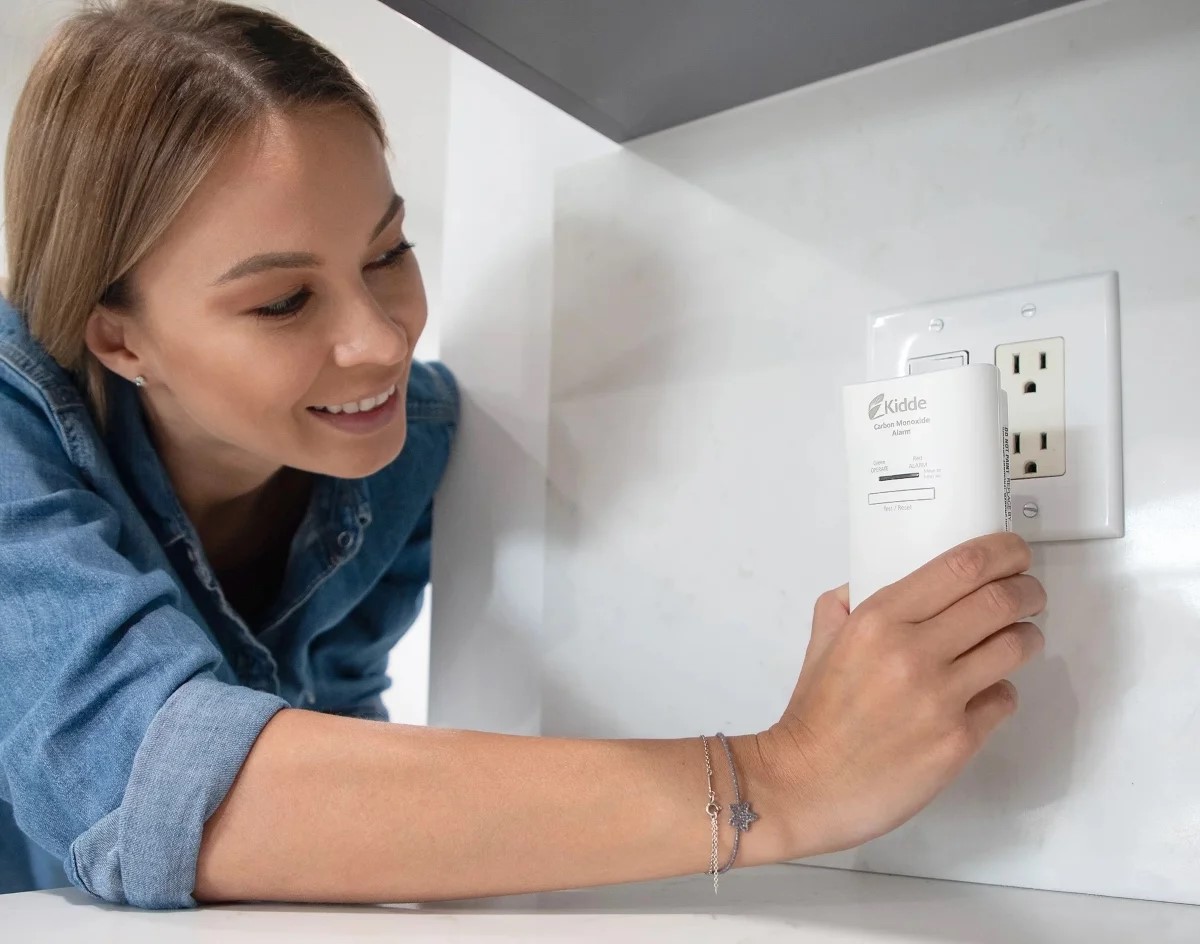

Articles
How To Reset A Carbon Monoxide Detector
Modified: February 24, 2024
Learn how to easily reset a carbon monoxide detector with this helpful article. Stay safe and protect your home from this silent killer.
(Many of the links in this article redirect to a specific reviewed product. Your purchase of these products through affiliate links helps to generate commission for Storables.com, at no extra cost. Learn more)
Introduction
Carbon monoxide (CO) is a colorless, odorless, and tasteless gas that can be deadly if inhaled in high concentrations. It is produced by the incomplete combustion of fuels such as gas, oil, wood, and coal. Because of its invisible and silent nature, carbon monoxide is often referred to as the “silent killer.”
To protect ourselves and our loved ones from the dangers of carbon monoxide, it is crucial to have carbon monoxide detectors installed in our homes. These detectors are designed to alert us when they detect elevated levels of carbon monoxide in the air, giving us the chance to evacuate and seek help before it’s too late.
However, just having a carbon monoxide detector is not enough. Like any electronic device, carbon monoxide detectors require proper maintenance and occasional resetting to ensure their optimal functionality. In this article, we will discuss the importance of resetting a carbon monoxide detector and provide you with a step-by-step guide to do it effectively.
Resetting a carbon monoxide detector is essential for various reasons. One common reason is when the device has reached its expiration date. Carbon monoxide detectors typically have a lifespan of 5 to 7 years, after which they may not function properly or provide accurate readings. Resetting the detector after replacing the old unit with a new one ensures that the device is properly calibrated and ready to protect you from carbon monoxide.
Another reason to reset a carbon monoxide detector is when it has detected a high level of carbon monoxide and triggered an alarm. After such an event, it is important to reset the detector to ensure it is ready to detect any future occurrences of carbon monoxide. Additionally, power outages or malfunctions in the device’s internal system may also require a reset to restore its functionality.
Resetting a carbon monoxide detector is a simple process that can be done without any professional assistance. However, it is crucial to follow the manufacturer’s instructions specific to your model to ensure proper resetting. In the following sections, we will provide a step-by-step guide to help you reset your carbon monoxide detector effectively.
Key Takeaways:
- Regularly resetting and maintaining carbon monoxide detectors is crucial for optimal functionality and protection from the “silent killer,” carbon monoxide gas.
- Educate household members, follow manufacturer’s instructions, and perform routine maintenance to ensure carbon monoxide detectors are ready to detect potential threats and keep your home safe.
Understanding Carbon Monoxide Detectors
Carbon monoxide detectors are devices designed to detect the presence of carbon monoxide gas in the air and alert individuals to its potential danger. These detectors work by continuously monitoring the air for carbon monoxide levels and emitting a loud alarm if elevated levels are detected.
There are primarily two types of carbon monoxide detectors available: biomimetic sensor detectors and electrochemical sensor detectors. Biomimetic sensor detectors use a gel that changes color when exposed to carbon monoxide, triggering an alarm. On the other hand, electrochemical sensor detectors use electrodes immersed in a chemical solution that produces an electric current when exposed to carbon monoxide, also triggering an alarm.
It is crucial to understand that carbon monoxide detectors are different from smoke detectors. While smoke detectors alert occupants to the presence of smoke from a fire, carbon monoxide detectors specifically detect carbon monoxide gas. Given that carbon monoxide is odorless and invisible, a carbon monoxide detector is the only reliable means of detecting its presence.
Carbon monoxide detectors are typically powered by either battery or household electrical sources. Battery-powered detectors offer flexibility and can be installed anywhere, even during power outages. On the other hand, plug-in detectors rely on a constant electrical supply and usually come with a battery backup in case of power failure.
To ensure optimal protection, it is recommended to install carbon monoxide detectors on every level of your home, especially near bedrooms or sleeping areas. Additionally, it is advised to place a detector near any potential sources of carbon monoxide, such as gas furnaces, water heaters, fireplaces, and attached garages.
Carbon monoxide detectors provide an essential layer of defense against the dangers of carbon monoxide poisoning. They can save lives by giving early warning of an elevated level of carbon monoxide in the air. It is important to note that carbon monoxide poisoning symptoms can be subtle and easily mistaken for other illnesses. Symptoms may include headache, dizziness, nausea, shortness of breath, confusion, and loss of consciousness. If you or anyone in your home experiences these symptoms and suspect carbon monoxide poisoning, immediately leave the building and seek medical attention.
Regular maintenance and testing of carbon monoxide detectors are necessary to ensure their effectiveness. Along with regular battery replacement and occasional resetting, it’s crucial to keep the detectors clean and free from dust and debris that may impair their functionality.
In the next section, we will explore the reasons why resetting a carbon monoxide detector is important and provide you with a step-by-step guide to do it correctly.
Reasons to Reset a Carbon Monoxide Detector
Resetting a carbon monoxide detector may be necessary for various reasons. Here are some common scenarios where resetting your detector is important:
1. Replacement or expiration: Carbon monoxide detectors have a limited lifespan, typically ranging from 5 to 7 years. After this period, the detector may not function properly or provide accurate readings. If you have replaced your old carbon monoxide detector with a new one, resetting it after installation is crucial to ensure it is calibrated correctly and ready to detect any potential carbon monoxide threats.
2. False alarms: Carbon monoxide detectors are designed to detect even small amounts of carbon monoxide, triggering an alarm to alert occupants of the potential danger. However, occasionally, the detectors may issue false alarms due to factors such as humidity, dust, or other airborne contaminants. It is important to reset the detector after a false alarm to restore it to its normal operating state.
3. High carbon monoxide levels: If your carbon monoxide detector has detected a high level of carbon monoxide and triggered an alarm, resetting the detector is crucial after addressing the source of the carbon monoxide. It ensures that the device is ready to detect any future occurrences and provides accurate readings.
4. Power outages or malfunctions: Power outages can disrupt the functionality of carbon monoxide detectors. Once power is restored, it is important to reset the detector to ensure it is functioning correctly. Similarly, if you suspect any malfunction or erratic behavior from your detector, resetting it can help troubleshoot the issue and restore its proper functioning.
5. Routine maintenance: As part of regular maintenance, resetting your carbon monoxide detector periodically can help ensure its optimal performance. This can include cleaning the detector to remove dust or debris that may accumulate and affect its sensors. Resetting the detector can help verify that all systems are working as intended.
Resetting a carbon monoxide detector is typically a straightforward process. However, it is important to consult the manufacturer’s instructions specific to your model to ensure the correct steps are followed. In the next section, we will provide you with a step-by-step guide to resetting a carbon monoxide detector effectively.
Step-by-Step Guide to Resetting a Carbon Monoxide Detector
Resetting a carbon monoxide detector is a relatively simple process that can be done without any professional assistance. Here is a step-by-step guide to help you reset your carbon monoxide detector effectively:
1. Read the manual: Before attempting to reset your carbon monoxide detector, familiarize yourself with the manufacturer’s instructions provided in the manual. Each model may have specific requirements and steps for resetting, so it is essential to follow the instructions accordingly.
2. Identify the reset button: Locate the reset button on your carbon monoxide detector. The reset button is usually located either on the front or the back of the device. It may be labeled as “Reset” or indicated by an arrow pointing towards it.
3. Disconnect power: Depending on your detector’s power source, disconnect the power to the device. If your detector is battery-powered, remove the batteries from the compartment. If it is a plug-in detector, unplug it from the electrical outlet. This step is essential to ensure your safety and avoid any electrical shock during the resetting process.
4. Press and hold the reset button: Press and hold the reset button for a few seconds. The duration may vary depending on the model. Consult the manual for the specific duration recommended by the manufacturer. While holding the reset button, you may notice a beeping sound or a visual indicator on the device, indicating that the reset process has started.
5. Release the reset button: After holding the reset button for the recommended duration, release it. The carbon monoxide detector will now start to reset and recalibrate its sensors.
6. Wait for the confirmation: Allow the carbon monoxide detector a few moments to complete the resetting process. During this time, it is essential to avoid tampering with or interfering with the device. Some detectors may emit a series of beeps or display a specific pattern of lights to indicate that the reset is successful. Refer to the manual for any specific indications provided by the manufacturer.
7. Reconnect power: Once the reset process is complete and the detector has confirmed the reset, reconnect the power source to the device. Insert fresh batteries if it is battery-powered or plug it back into the electrical outlet if it is a plug-in detector.
8. Test the detector: After resetting and reconnecting the power, it is crucial to test the carbon monoxide detector to ensure that it is functioning correctly. Most detectors have a test button that you can press to initiate a self-test. This will activate the alarm temporarily to verify that the detector is operating as intended. Refer to the manual for any specific instructions on testing your particular model.
It is recommended to reset your carbon monoxide detector annually or as specified by the manufacturer. Regular testing and maintenance of the detector, including battery replacement and occasional resetting, are essential to ensure its reliability in detecting carbon monoxide and protecting your home and family.
In the next section, we will provide you with some recommended maintenance tips to keep your carbon monoxide detectors in optimal condition.
Most carbon monoxide detectors have a reset button that you can press to silence the alarm. If the alarm continues to sound, it may be a sign of a real danger, so evacuate the area and call for help.
Recommended Maintenance Tips for Carbon Monoxide Detectors
Proper maintenance of your carbon monoxide detectors is essential to ensure their optimal performance and reliability. Here are some recommended maintenance tips to help keep your detectors in good working condition:
1. Regularly test your detectors: Perform a monthly test on your carbon monoxide detectors to ensure they are functioning correctly. Most detectors have a test button that you can press to initiate a self-test. Follow the manufacturer’s instructions to conduct this test properly. If the detector does not respond or the alarm doesn’t sound, replace the batteries or the entire unit if necessary.
2. Replace batteries: Carbon monoxide detectors are often battery-operated, so it is important to replace the batteries regularly. As a general guideline, replace the batteries at least once a year or as recommended by the manufacturer. Some detectors have features that alert you when the batteries are running low, but it’s best to proactively replace them on a scheduled basis.
3. Clean the detectors: Dust, dirt, and debris can accumulate on the sensors of carbon monoxide detectors, potentially affecting their performance. Regularly clean the detectors by gently vacuuming or using a soft brush. Avoid using water, cleaning agents, or abrasive materials, as they can damage the device.
4. Check for obstructions: Ensure that there are no obstructions blocking the airflow around your carbon monoxide detectors. Objects placed too close to the detectors can prevent proper air circulation, compromising their ability to detect carbon monoxide. Keep a clear space around the detectors to allow for unobstructed airflow.
5. Test the alarm sound: The loud sound of the carbon monoxide alarm is crucial in alerting occupants to a potentially hazardous situation. Regularly test the alarm sound to ensure it is loud and clearly audible from all areas of your home, especially sleeping areas. If the sound is weak or inaudible, consider replacing the detector.
6. Replace expired detectors: Carbon monoxide detectors have a limited lifespan, typically ranging from 5 to 7 years. Check the expiration date on your detectors and replace them accordingly. Expired detectors may not provide accurate readings or fail to activate alarms when needed.
7. Educate household members: Make sure everyone in your household understands the importance of carbon monoxide detectors and knows how to recognize the alarm sound. Educate family members about the dangers of carbon monoxide and the necessary actions to take if an alarm is triggered.
8. Have a professional inspection: Consider having a professional home inspection that includes checking the functionality of your carbon monoxide detectors. Professionals can ensure that the detectors are properly installed, calibrated, and functioning correctly.
By following these maintenance tips, you can increase the longevity and reliability of your carbon monoxide detectors, providing a safer living environment for you and your family.
In the next section, we will address some common troubleshooting tips for carbon monoxide detectors to help you troubleshoot any issues you may encounter.
Read more: How To Reset An ADT Carbon Monoxide Detector
Troubleshooting Common Issues
While carbon monoxide detectors are designed to function reliably, there may be instances when you encounter issues that require troubleshooting. Here are some common problems and troubleshooting tips to help you address them:
1. False alarms: If your carbon monoxide detector frequently issues false alarms, it could be due to a variety of factors. Check for any potential sources of interference, such as nearby appliances or high humidity levels, and relocate the detector if necessary. Additionally, ensure that the detector is not near any drafts or areas with rapid temperature changes, as this can also trigger false alarms.
2. Detector not detecting carbon monoxide: If your detector is not detecting carbon monoxide when it should, first ensure that the device is properly powered and the batteries are functioning. Clean the detector’s sensors to remove any dust or debris that may be obstructing its ability to detect carbon monoxide. If the issue persists, it may be time to replace the detector as it could be past its expiration date.
3. Weak or inaudible alarm sound: If you find that the alarm sound on your carbon monoxide detector is weak or difficult to hear, check the batteries and replace them if necessary. Ensure that the alarm volume is turned up to an appropriate level. If the problem persists, it may indicate a malfunction in the detector, and it should be replaced.
4. Continuous beeping: If your carbon monoxide detector emits a continuous beeping sound, it is usually an indication of a low battery. Replace the batteries promptly, even if they are not completely drained. In some cases, continuous beeping may also indicate a malfunction in the detector itself. Refer to the manufacturer’s instructions or contact their customer support for further assistance.
5. Malfunction after power outage: If your carbon monoxide detector malfunctions after a power outage, it may need to be reset. Disconnect the power, press and hold the reset button for the recommended duration, and release it to initiate the reset process. Reconnect the power source after the reset is complete. If the issue persists, consider replacing the detector.
6. Expired detector: Carbon monoxide detectors have a limited lifespan, typically between 5 to 7 years. If your detector has reached or exceeded its expiration date, it is important to replace it. Expired detectors may not work effectively or provide accurate readings. Check the manufacture date or expiration information on the detector itself or consult the user manual for guidance.
7. No power to the detector: If your carbon monoxide detector is not receiving power, ensure that the batteries are properly inserted and functional. For plug-in detectors, check if the power outlet is functioning correctly. If the detector still does not receive power, try using a different outlet or consult an electrician to investigate any underlying electrical issues.
If you continue to experience problems with your carbon monoxide detector, it is advisable to refer to the manufacturer’s instructions or contact their customer support for further assistance. Carbon monoxide detectors play a crucial role in protecting your home and family, so it’s important to address any issues promptly to ensure their proper functioning.
In the final section, we will conclude our article and highlight the importance of regularly maintaining and resetting carbon monoxide detectors for improved safety and peace of mind.
Conclusion
Carbon monoxide detectors are essential devices that can save lives by detecting the presence of carbon monoxide gas in the air. Understanding how to properly maintain and reset these detectors is crucial for their optimal performance and reliability.
In this article, we discussed the importance of resetting a carbon monoxide detector and provided a step-by-step guide to help you reset your detector effectively. We also explored the reasons why resetting is necessary, such as replacement or expiration of the detector, false alarms, high carbon monoxide levels, power outages, or malfunctions.
Additionally, we highlighted the significance of regular maintenance for carbon monoxide detectors. This includes routine testing, battery replacement, cleaning, and checking for obstructions. By following these maintenance tips, you can ensure that your detectors are in good working condition and ready to protect you from carbon monoxide threats.
We also addressed common troubleshooting issues you may encounter with carbon monoxide detectors, such as false alarms, weak alarm sounds, continuous beeping, and power outages. Proactive troubleshooting measures can help resolve these issues and ensure the proper functioning of your detectors.
Remember to educate household members about the importance of carbon monoxide detectors and the necessary actions to take if an alarm is triggered. Be vigilant in regularly testing your detectors and replacing expired units to ensure the ongoing safety of your home and loved ones.
Carbon monoxide poisoning is a silent and deadly threat, but with the proper maintenance and resetting of carbon monoxide detectors, you can mitigate the risks and protect yourself and your family. By following the information and guidelines provided in this article, you can confidently maintain and reset your carbon monoxide detectors for improved safety and peace of mind.
Stay vigilant, prioritize maintenance, and reset your carbon monoxide detectors regularly to create a safe living environment free from the dangers of carbon monoxide.
Frequently Asked Questions about How To Reset A Carbon Monoxide Detector
Was this page helpful?
At Storables.com, we guarantee accurate and reliable information. Our content, validated by Expert Board Contributors, is crafted following stringent Editorial Policies. We're committed to providing you with well-researched, expert-backed insights for all your informational needs.
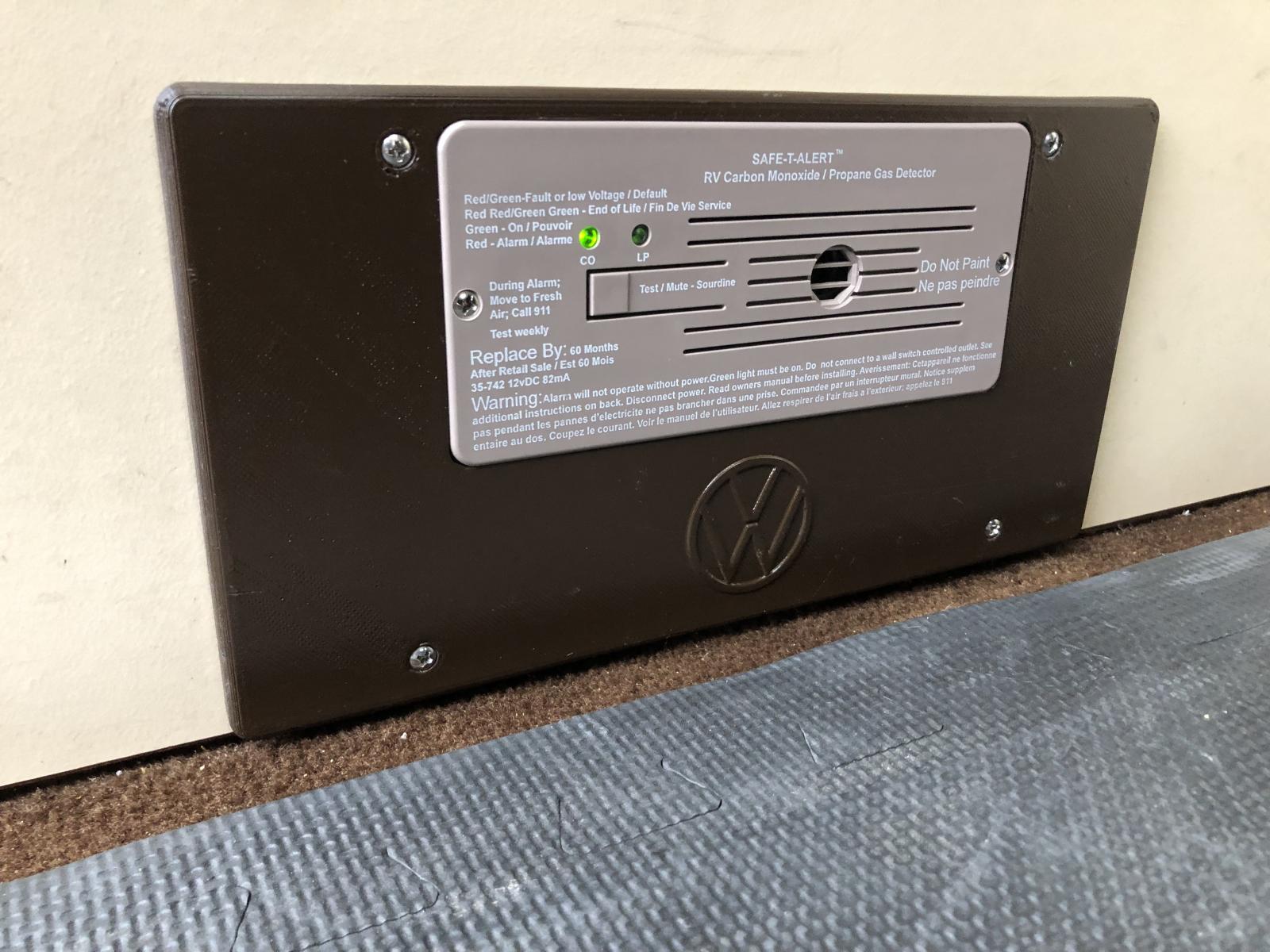
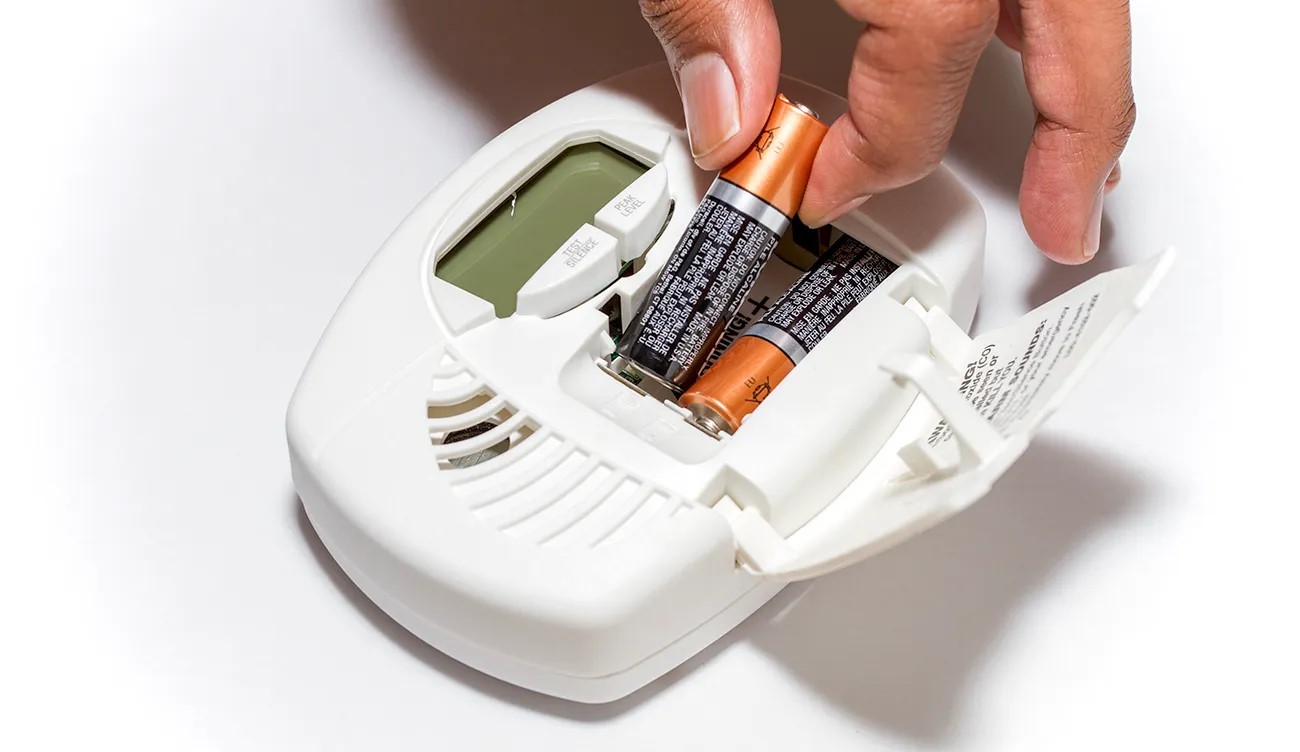
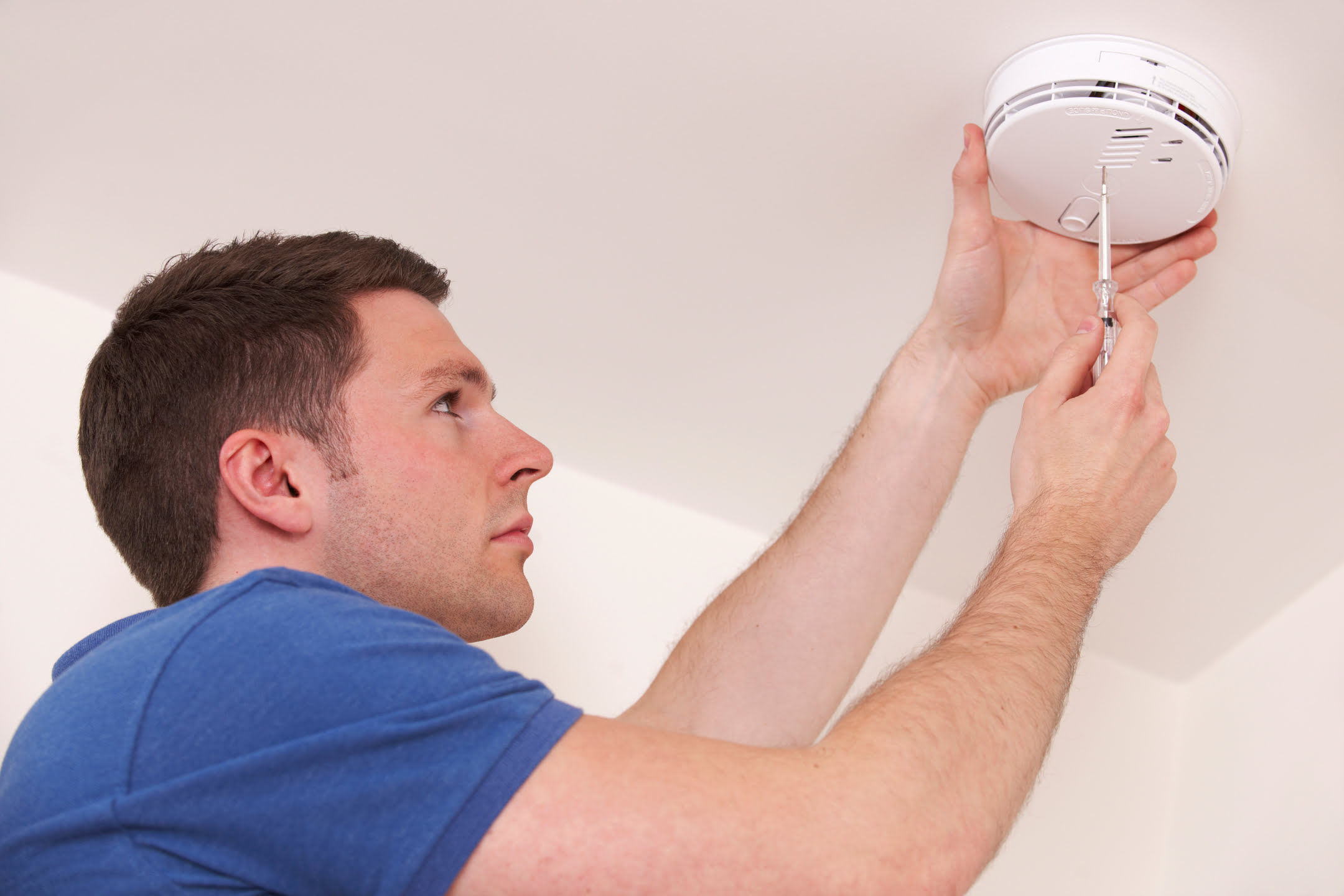
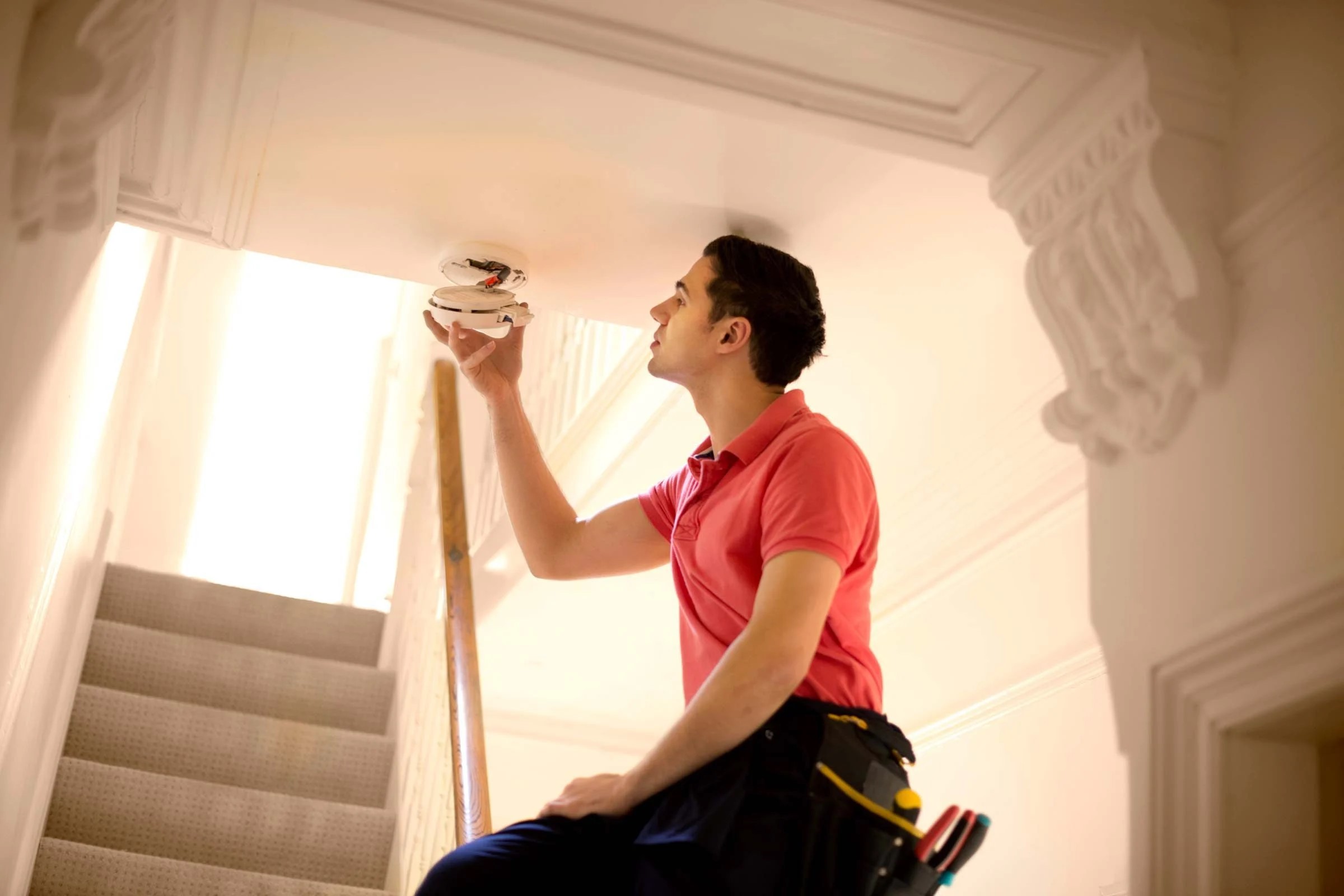
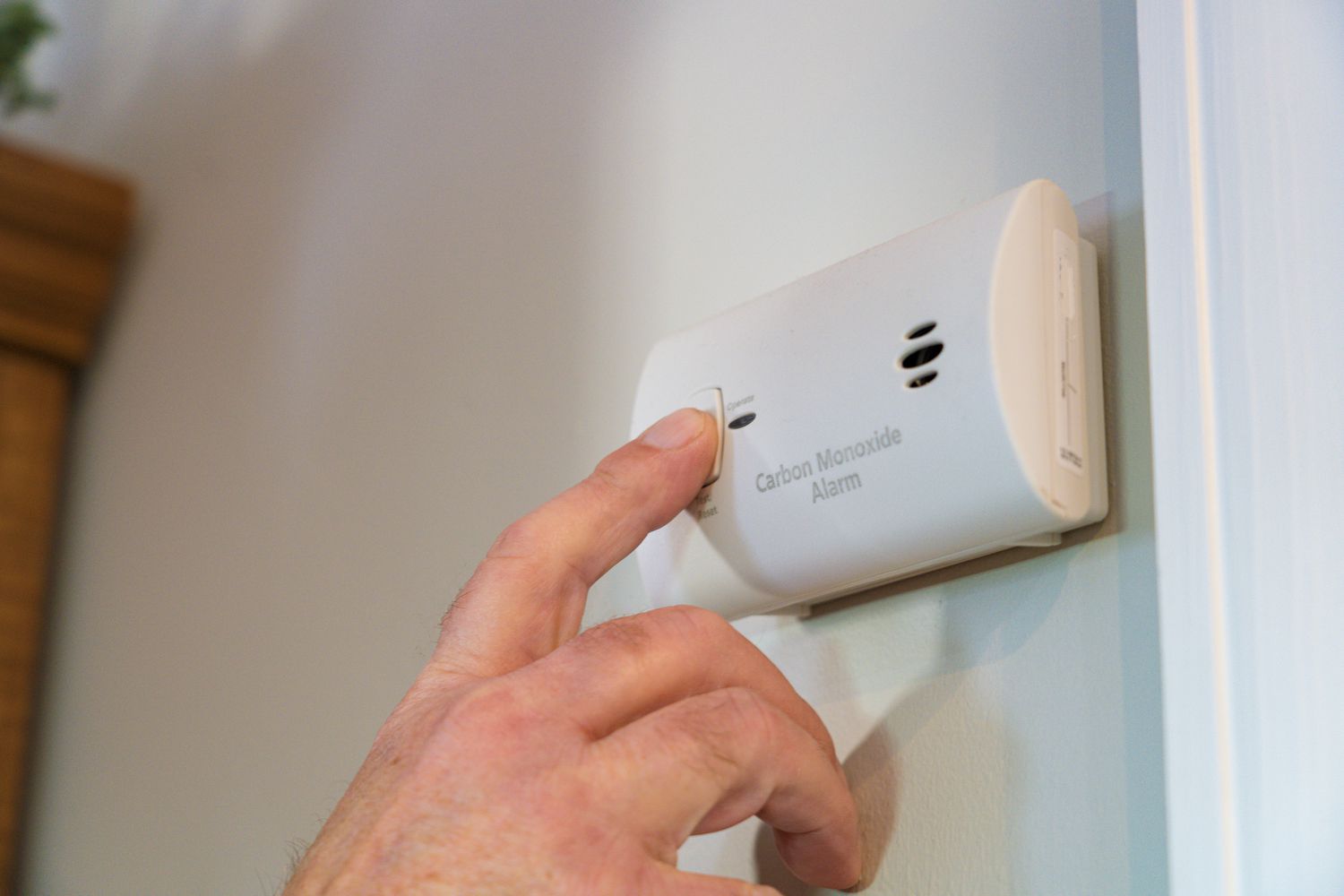
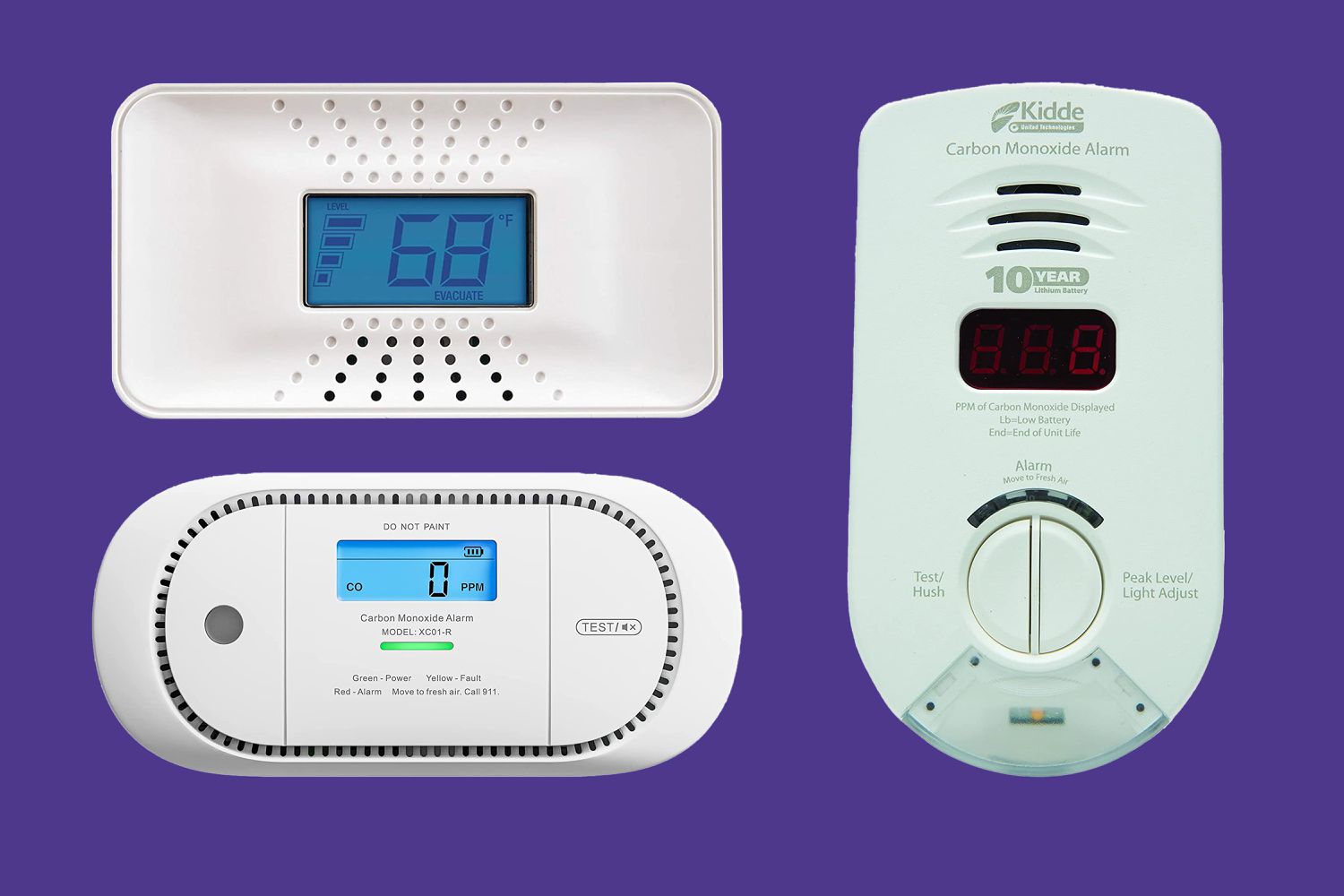
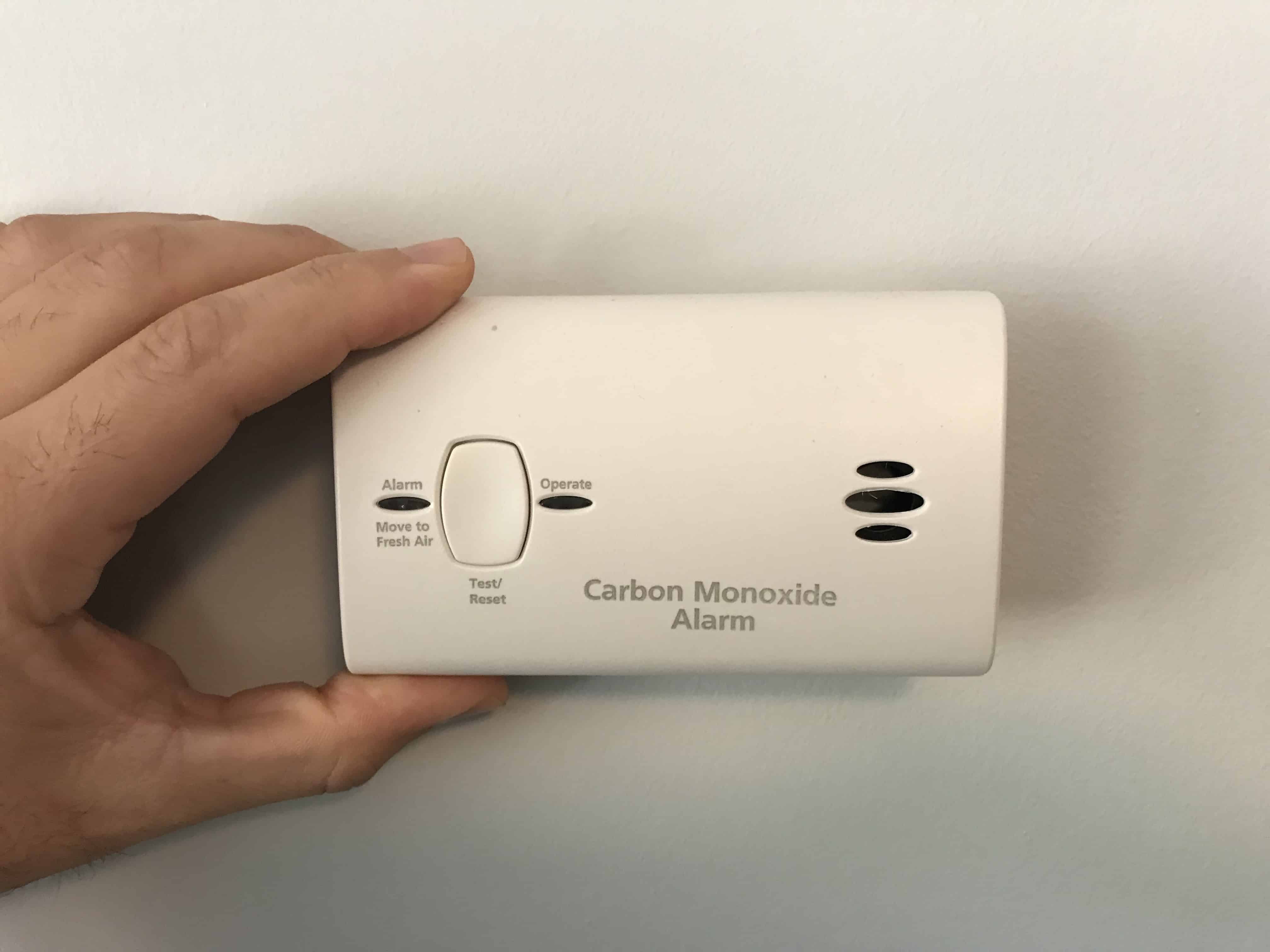
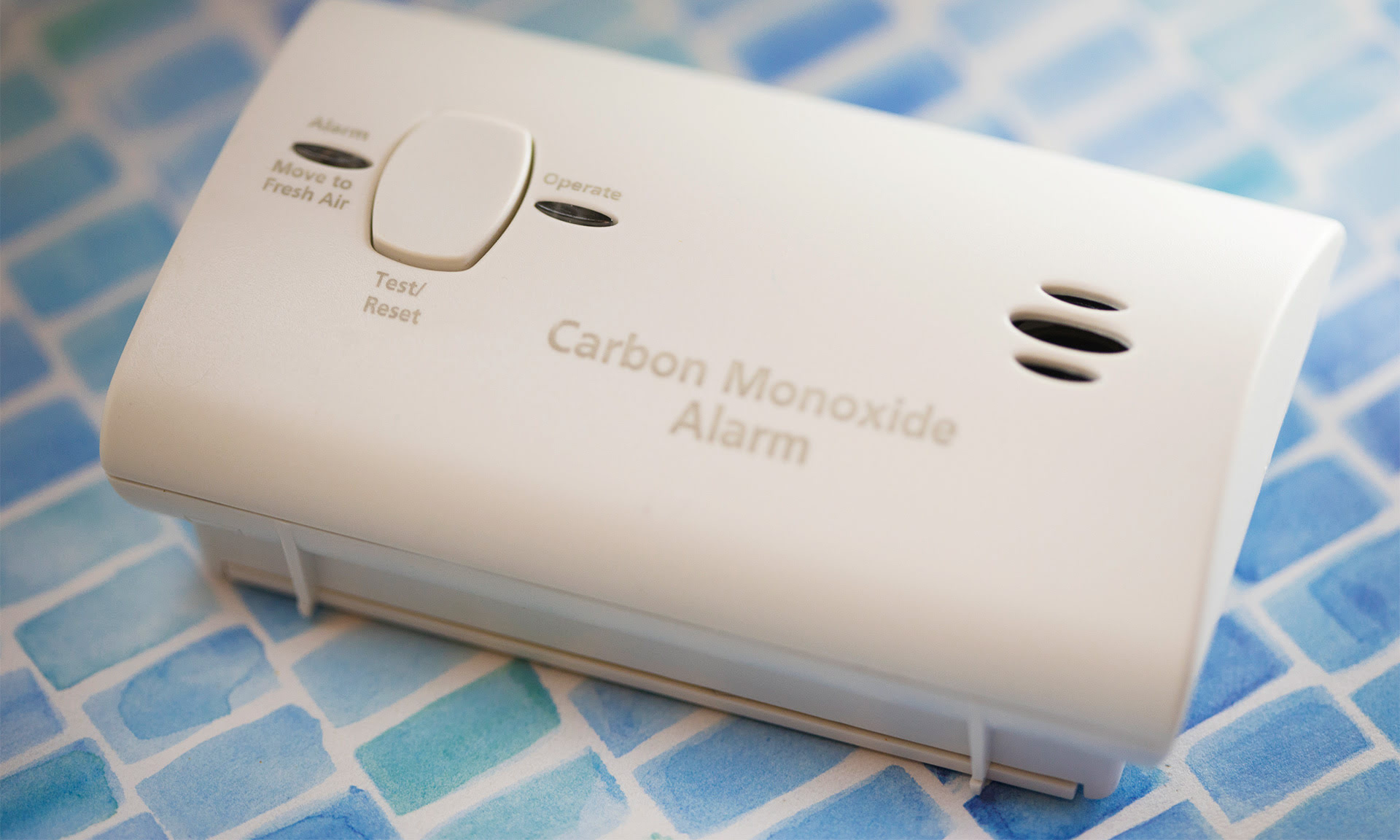
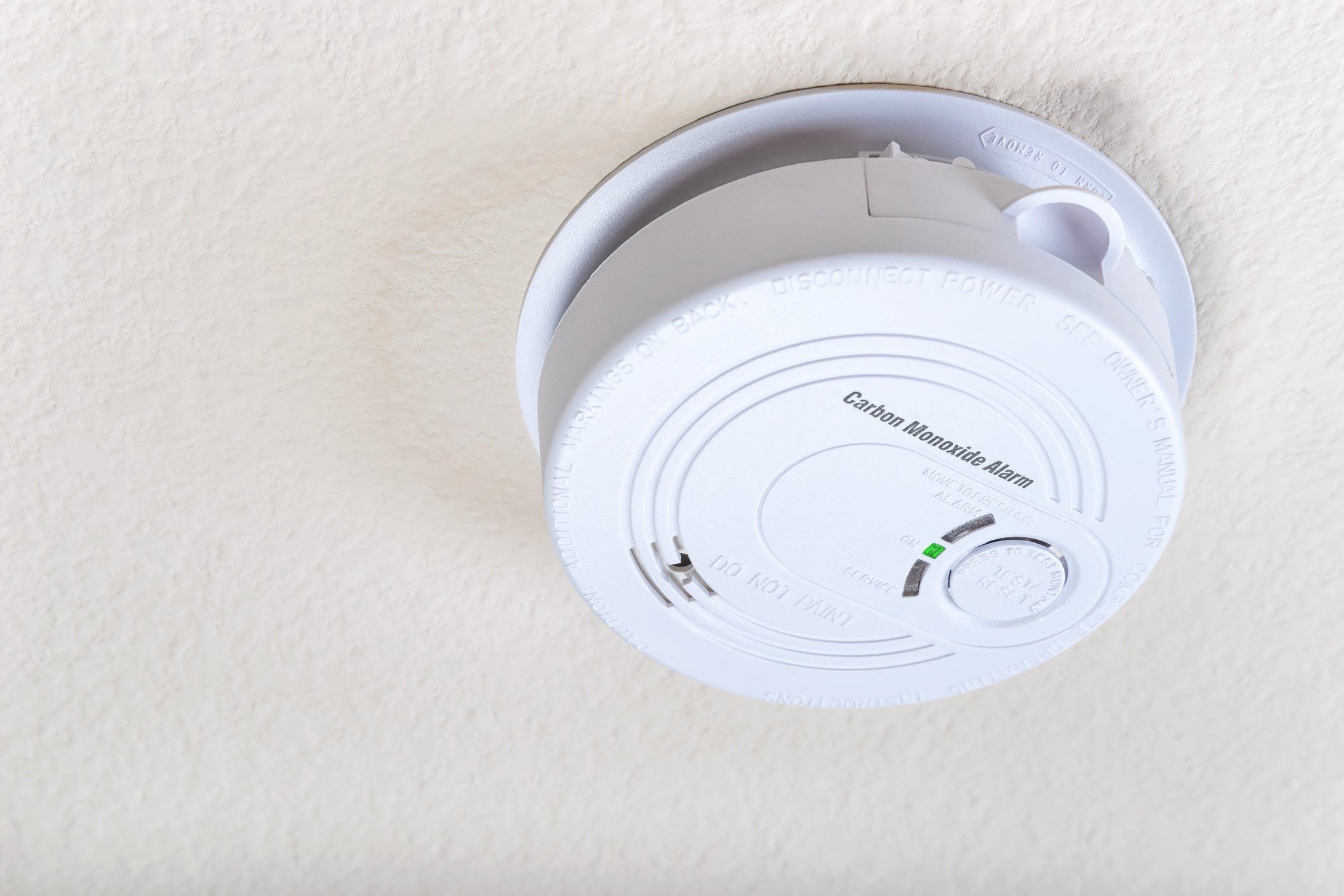
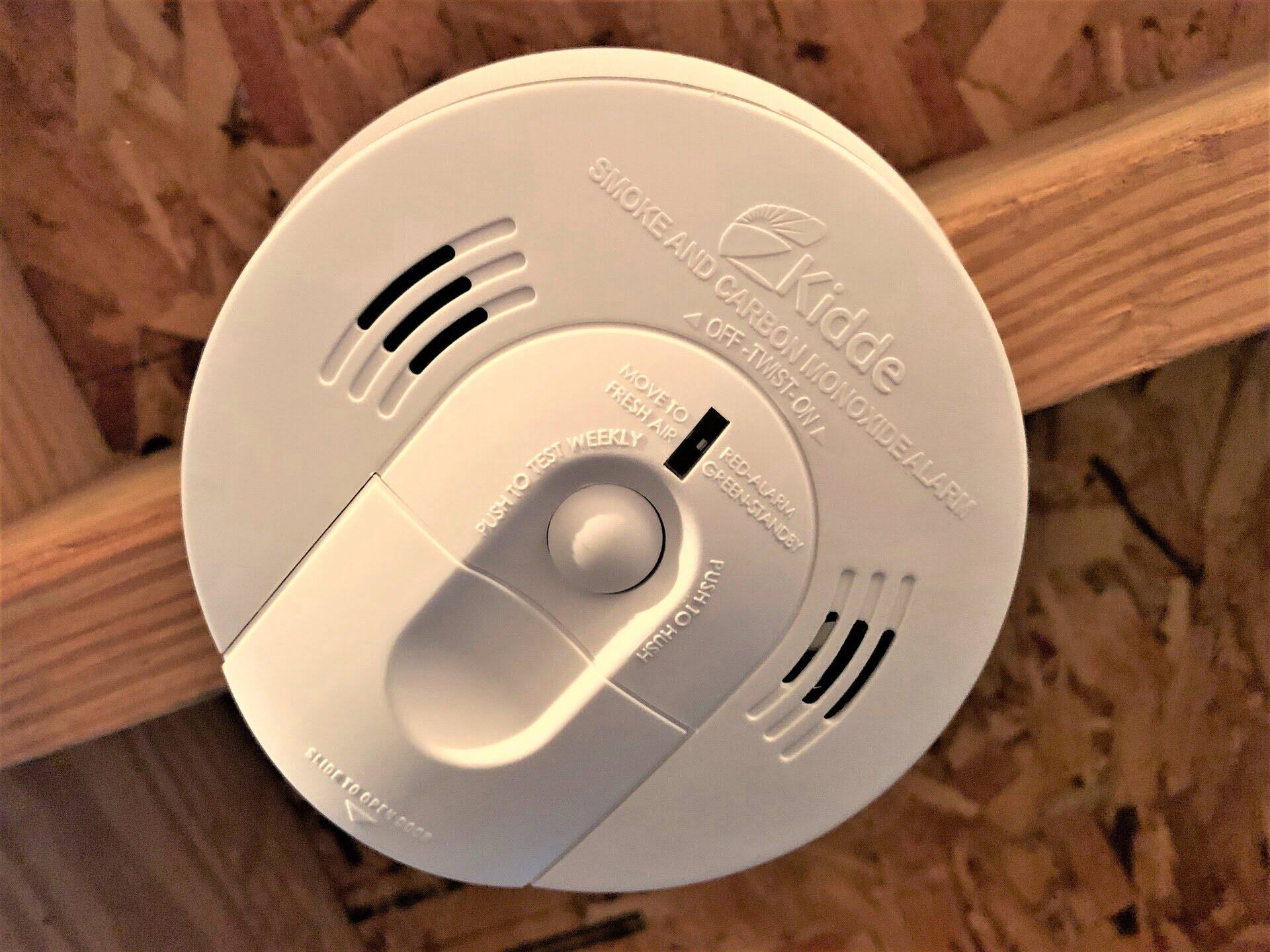
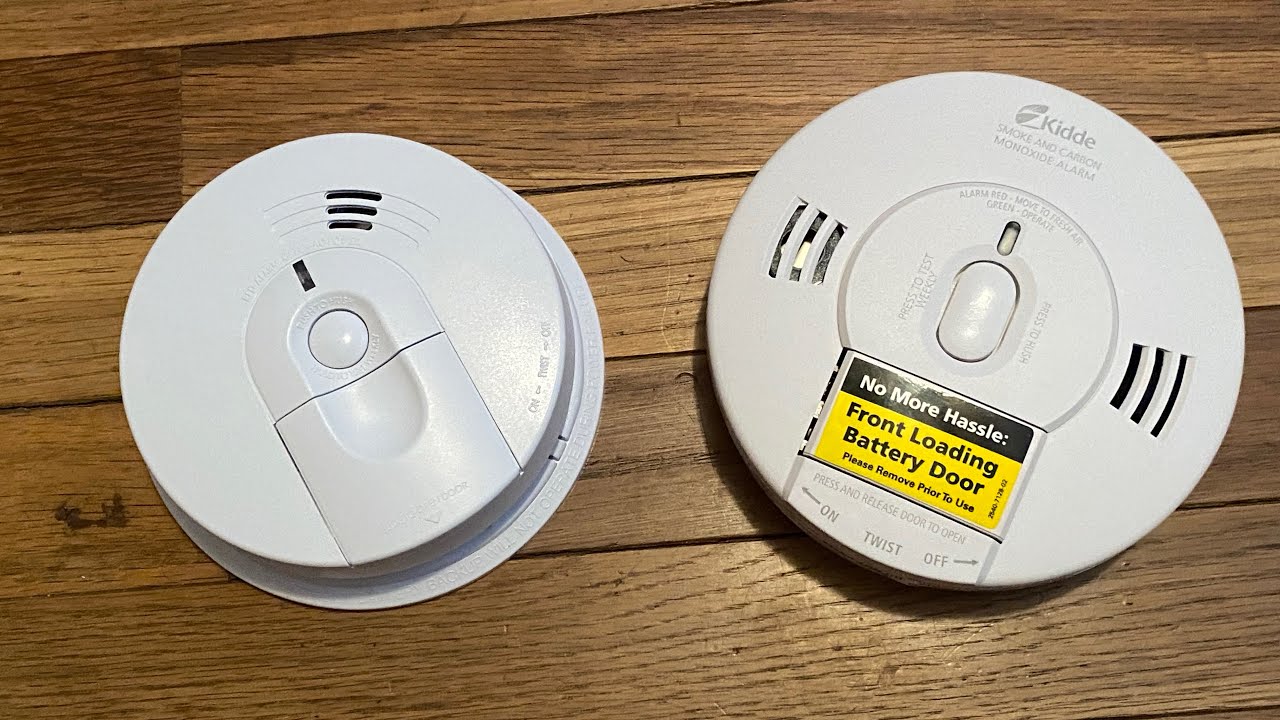
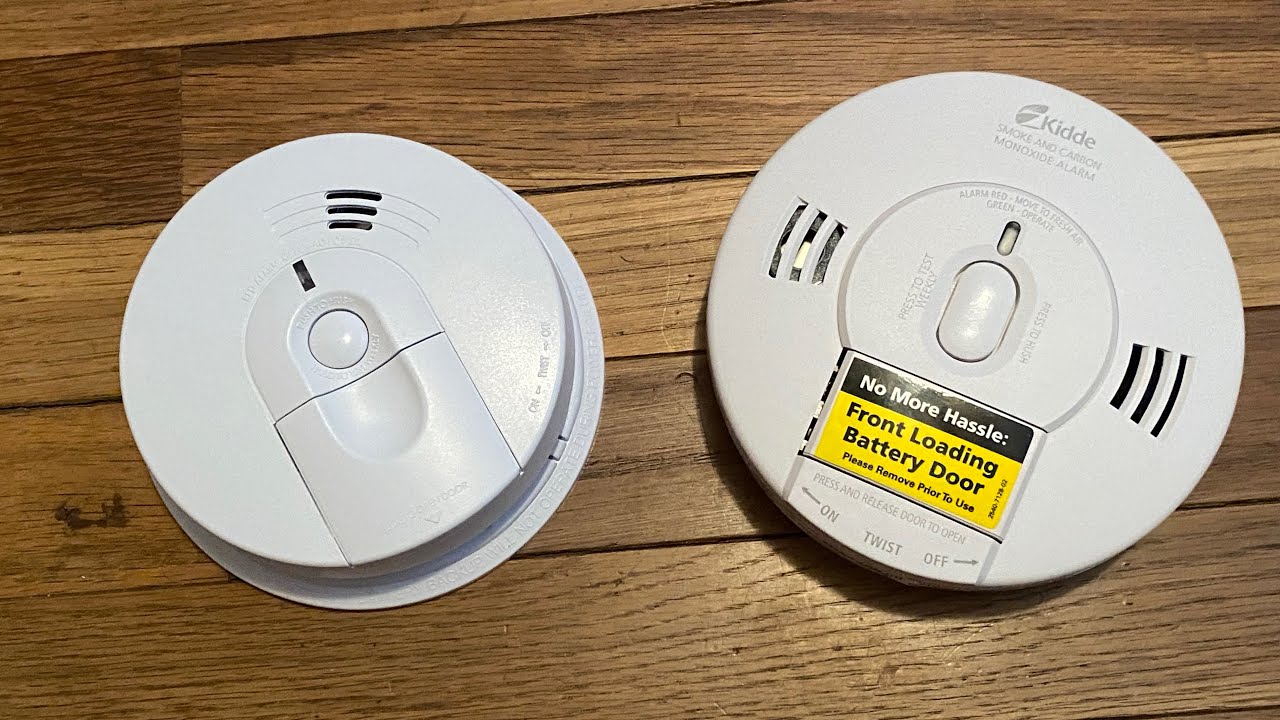
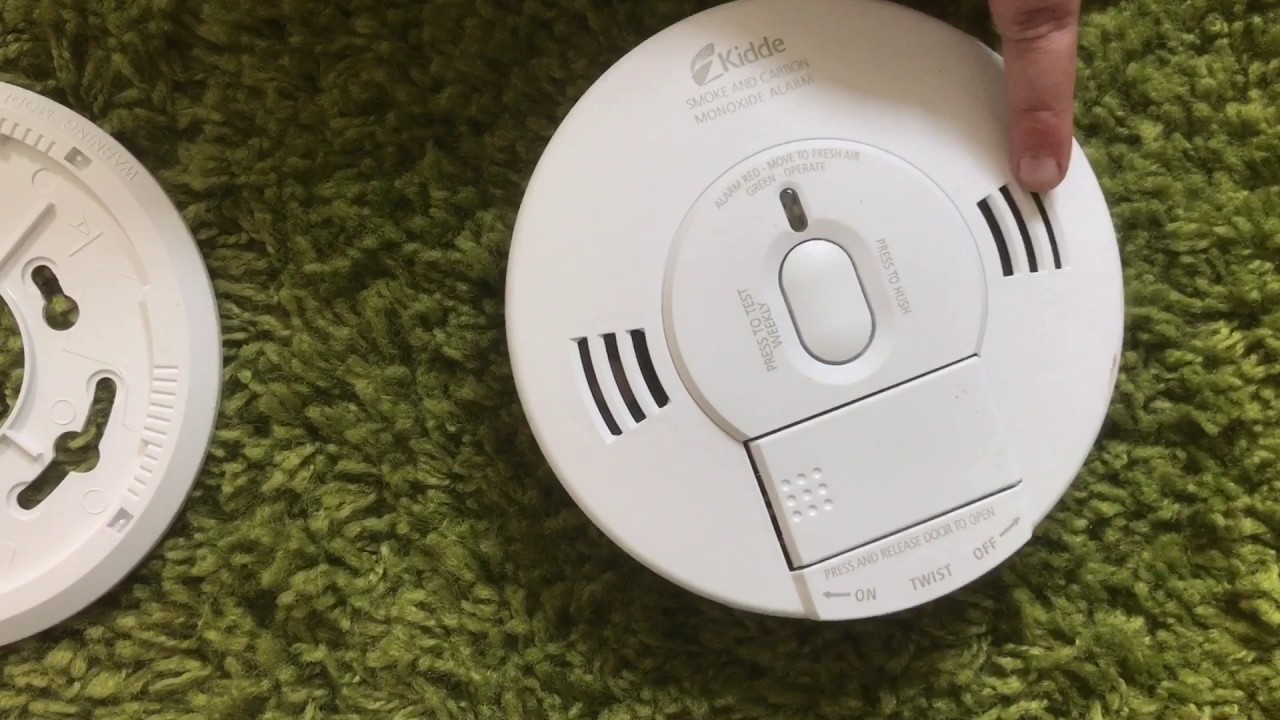
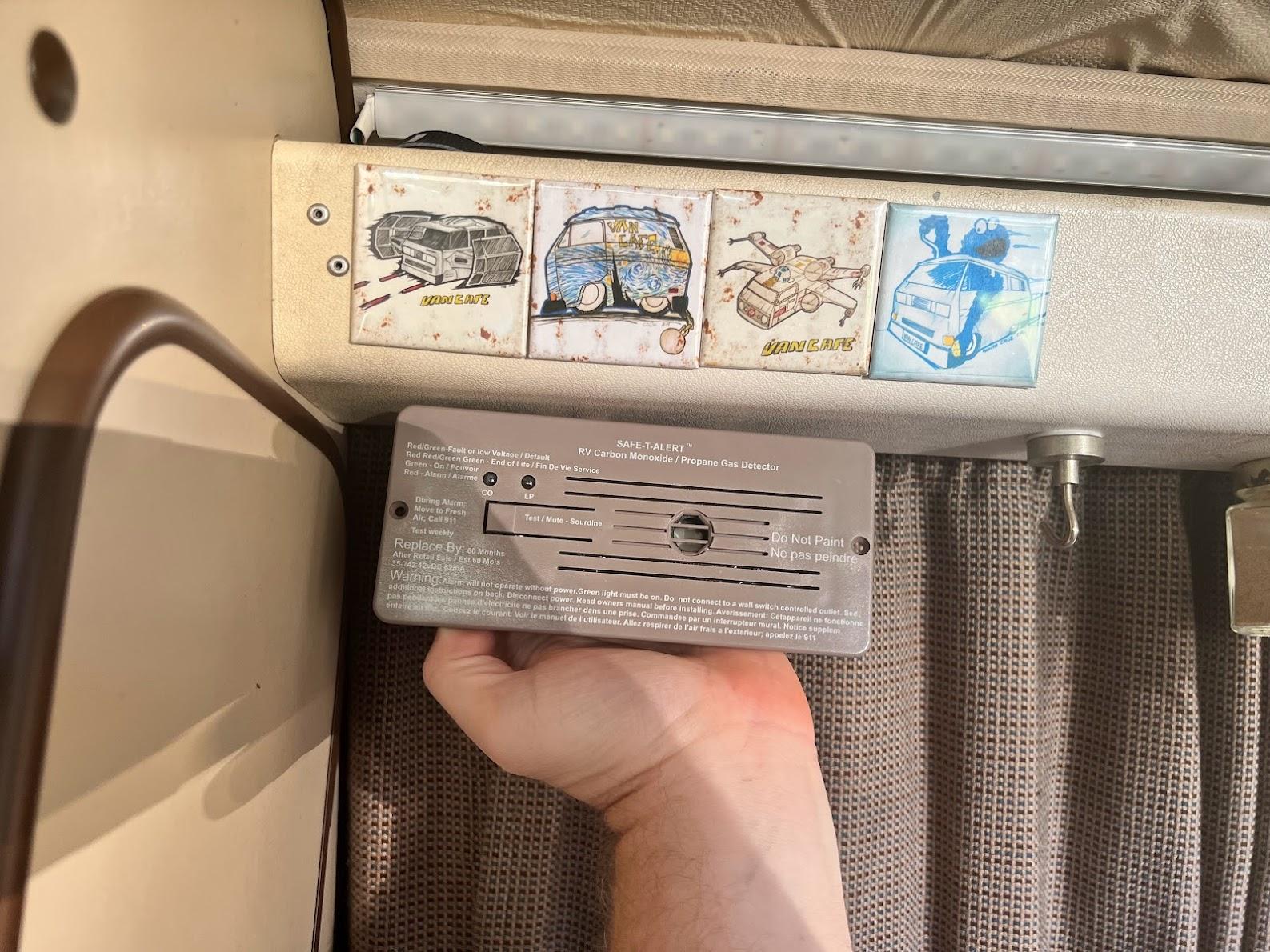

0 thoughts on “How To Reset A Carbon Monoxide Detector”